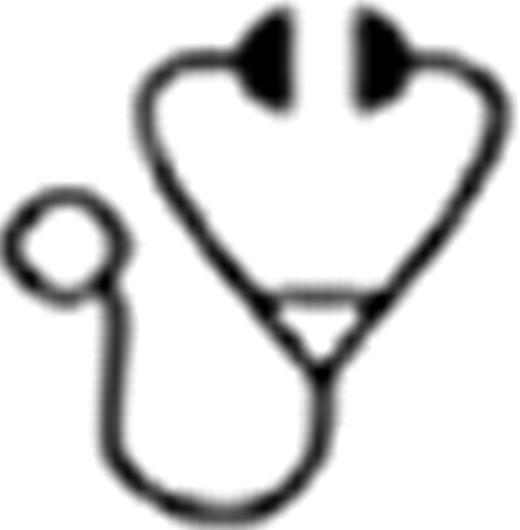Abstract
Abstract 355 FN2
FN2
We have previously shown that adoptive transfer of haploidentical natural killer (NK) cells can induce remissions in patients with refractory or relapsed acute myeloid leukemia (AML). We hypothesize that in vivo expansion of functional NK cells is required for therapeutic efficacy. To achieve the adequate host immune suppression required for expansion we added total body irradiation (TBI) to our lymphodepleting chemotherapy regimen, giving patients fludarabine (Flu) 25 mg/m2 × 5 days, cyclophosphamide (Cy) 60 mg/kg × 2 days, and 400 cGy of TBI. The NK cell product, a CD3- and CD19-depleted lymphapheresis from a haploidentical related donor, was incubated overnight in 1000 U/ml IL-2 and infused followed by 6 doses of alternate day subcutaneous IL-2 (10 million units) to promote in vivo expansion. Because of the increased myelosuppression following the TBI, a CD34-selected filgrastim-mobilized peripheral blood graft from the same donor (target dose >3 × 106 CD34 cells/kg) was given for hematopoietic rescue. Successful in vivo NK cell expansion was prospectively defined as >100 donor-derived NK cells/ml at 14 days after adoptive transfer (by analysis of STR chimerism, % NK and the clinical absolute lymphocyte count). In the 38 evaluable patients, robust in vivo expansion was induced in 50% (absolute donor NK count of 666 ± 134 cells/μL blood), a rate considerably higher than the 10% we observed in a cohort receiving Cy/Flu alone without TBI. Successful NK cell expansion correlated with leukemia clearance (<1% marrow blasts 14 days after NK cell infusion) and remission (leukemia free with donor neutrophil engraftment at day +30; 42 days after NK infusion). Of the 19 patients who achieved NK cell expansion, 89% cleared their leukemia compared to 42% of the non-expanders (p=0.002); and 84% achieved remission vs. 10% of non-expanders (p <.0001). The robust in vivo expansion of adoptively transferred NK cells gave us the unique opportunity to study their function. We studied blood collected from patients 14 days after NK cell infusion and compared it to paired donor samples obtained at steady state from the apheresis products prior to IL-2 stimulation. Using multi-color flow cytometry, we measured CD107a expression (a surrogate marker for NK cell cytotoxicity) on NK cells which we could subset by expression of single inhibitory killer cell immunoglobulin-like receptors (KIR) (CD158a, CD158b and CD158e) or NKG2A. We defined NK subsets as self-KIR+ or non-self KIR+ based on the cognate HLA ligands (C2, C1, Bw4) present in the donor or recipient. The bulk population of in vivo expanded donor NK cells exhibited hyperfunction with 62.4±4.4% degranulation in response to class I negative K562 targets compared to 36.6±3.0% in the donor product samples (N=15; p=0.0043). As expected, the most potent NK cells in the unstimulated donor product were the self-KIR+ subset, which expressed 39.5±3.0% CD107a after incubation with K562 (N=23) compared to either the non-self KIR+subset (13.1±4.0%, N=6; p=0.0001), or the uneducated KIR−/NKG2A− subset (12.4±5.8%, N=10; p<0.0001). Remarkably, all 3 subsets exhibited even greater degranulation activity after 14 days of in vivo expansion where they were exposed to homeostatic factors and the IL-2 administered to the patient. While all subsets expressed more CD107a, the rules of education were maintained. The subset expressing self-KIR that recognized donor HLA ligands degranulated significantly better than the non-self KIR+ subset (53.5±14.1% vs. 34.3±13.6%, p<0.01). Interestingly, the in vivo expanded NK cells with KIR recognizing cognate ligands unique to the recipient also functioned better (53.1±14.3% [recipient self KIR+] vs. 32.4±12.0% [non-self KIR+], N=25 and N=6; p<0.0045), showing that the education status of adult NK cells is dynamic, not fixed. Importantly, the KIR−/NKG2A− subset functioned better after in vivo expansion (39.5±115.3%, N=12), demonstrating that adoptively transferred NK cells can acquire function by two separate mechanisms: 1) acquisition of function through NK cell education; and 2) acquisition of function by homeostatic expansion and cytokine activation. These data suggest that while hyperfunctioning NK cells that expand in vivo after adoptive transfer partially overcome self tolerance, which may augment their anti-leukemic effects, they still follow the rules of NK cell education where self KIR+ cells kill better than non-self KIR+ cells.
No relevant conflicts of interest to declare.
Author notes
Asterisk with author names denotes non-ASH members.

This icon denotes a clinically relevant abstract

This feature is available to Subscribers Only
Sign In or Create an Account Close Modal